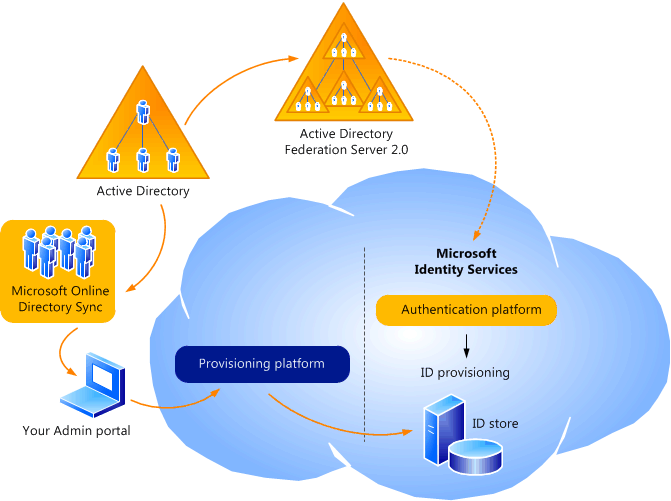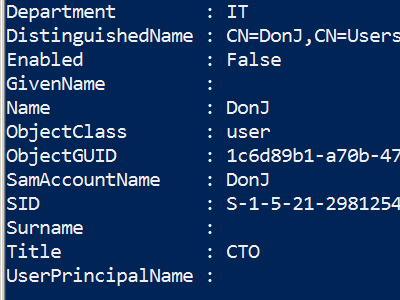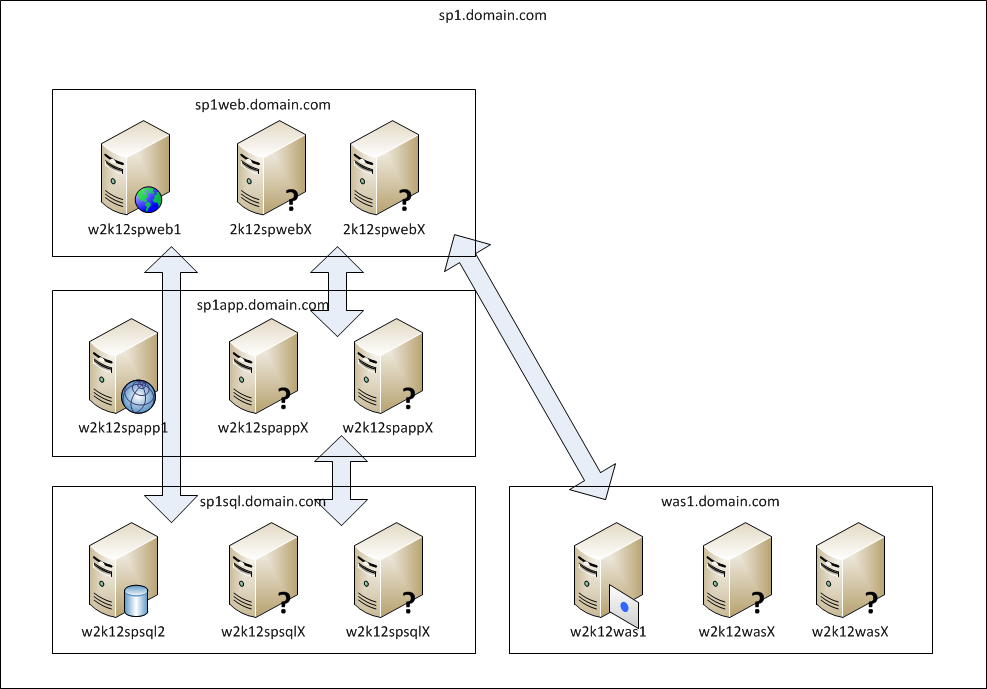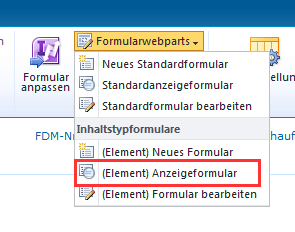
O3M 26 - Rucksack (Alternative, Indie Rock)

Do not forget to update to Microsoft Office 2013 when using Office 365 or SharePoint Online
When deploying a published SharePoint 2013 on-premise installation or a Office 365 installation or a SharePoint Online installation, it’s highly recommended to update your Microsoft Office 2013 installation.

Update SharePoint ActiveDirectory Group Displayname
When the name of an Active Directory group has been changed, this change won’t affect the display name showed in the SharePoint permission editor.
To update the the name for all Active Directory groups you can run this snippet on the SharePoint server:

Change Active Directory User Password Expiration Mode
To change an Active Directory users password expiration mode you can use this PowerShell snippet: Import-Module ActiveDirectory Get-ADGroupMember "Group1" -Recursive | Get-ADUser -Properties PasswordNeverExpires | where {$_.enabled -eq $true -and $_.PasswordNeverExpires -eq $false} | select -First 50 | %{ Write-Host $_.UserPrincipalName Set-ADUser $_ -PasswordNeverExpires $true } Latest version of this snippet: https://gist.github.com/7913696

Get Active Directory User Membership Groups Recursively
To get a users member shipments recursively I’ve written an extended function based on the already existing function Get-ADPrincipalGroupMembership it simply loops through the users member shipments and outputs the data in tree styled list.

Install SharePoint 2013 Three-tier Farm - Architecture and Licensing
This post of is part of my Install SharePoint 2013 Three-tier Farm project.
As the server architecture is already given in this case, I’m only going to show you the hardware requirements of those servers.
Server additional
Each server installation provides:
- latest service pack
- 64 Bit
- resources for less than 1000 users

Install SharePoint 2013 Three-tier Farm
About Based on new business requirements our intranet SharePoint needs an update from version 2010 to 2013. The new installation will be part in our existing Office 365 hybrid environment. As I’ve completed the Core Solutions of Microsoft SharePoint Server 2013 course I going to perform this project on my own. In this series of posts I would like to share my knowledge and experience in building this new intranet based on SharePoint 2013.

Aptrix Freerunning // End of Season

Add SharePoint List Print Button
You can print every SharePoint list item with the keyboard short cut Ctrl+P. But adding a real print button to the SharePoint list view isn’t that difficult too.
Choose the form type in you list options under form webparts.

